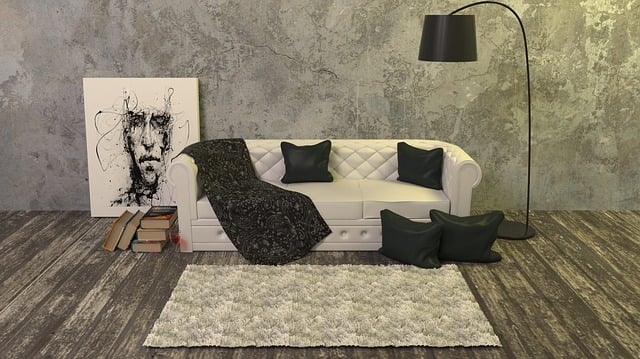
southwest rustic rugs
Importance of Entry Rugs in Home Décor
Southwest rustic rugs have a captivating history that traces back to their intriguing origins. These exquisite textiles, known for their vibrant colors and intricate patterns, were crafted by skilled artisans who drew inspiration from the diverse cultures of the American Southwest.
The journey begins in the early 19th century when weavers from Native American tribes settled in this region. They brought with them ancient weaving techniques that had been passed down through generations. These techniques involved using natural materials such as wool, cotton, and plant fibers to create stunning rugs that reflected their deep connection with nature.
As time went on, the influence of Hispanic settlers became evident in the designs of these rugs. The fusion of Native American and Spanish motifs resulted in unique patterns that showcased the rich cultural heritage of both groups. The use of bold geometric shapes, stylized animals, and intricate borders became characteristic features of southwest rustic rugs.
Rug weaving played a significant role not only as a means of artistic expression but also as a way to preserve ancestral traditions. It was through these beautiful textiles that stories were told, legends were shared, and spiritual beliefs were conveyed.
Despite facing numerous challenges over the years, including economic hardships and cultural assimilation efforts, southwest rustic rug weaving has managed to survive and thrive into the present day. Today's artisans continue to honor their ancestors' legacy while embracing modern influences.
The demand for southwest rustic rugs has grown steadily over time. People are drawn to these timeless pieces for their authenticity and ability to add warmth and character to any space. Whether displayed on walls or floors, these rugs serve as reminders of a rich history that should never be forgotten.
In conclusion, southwest rustic rugs hold within them an incredible tale spanning centuries. From humble beginnings rooted in Native American traditions to becoming sought-after treasures today, they embody the resilience and creativity of those who wove them. These remarkable textiles serve as bridges between past and present, connecting us with our roots while adorning our homes with beauty and cultural significance.